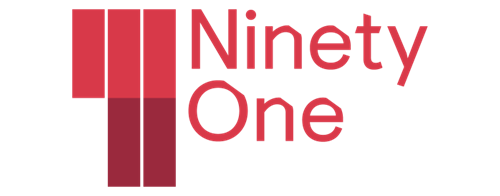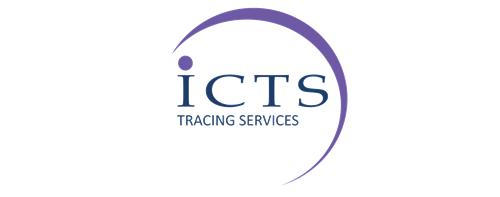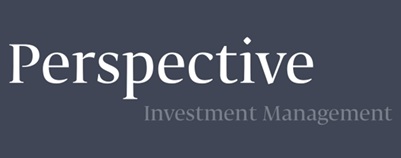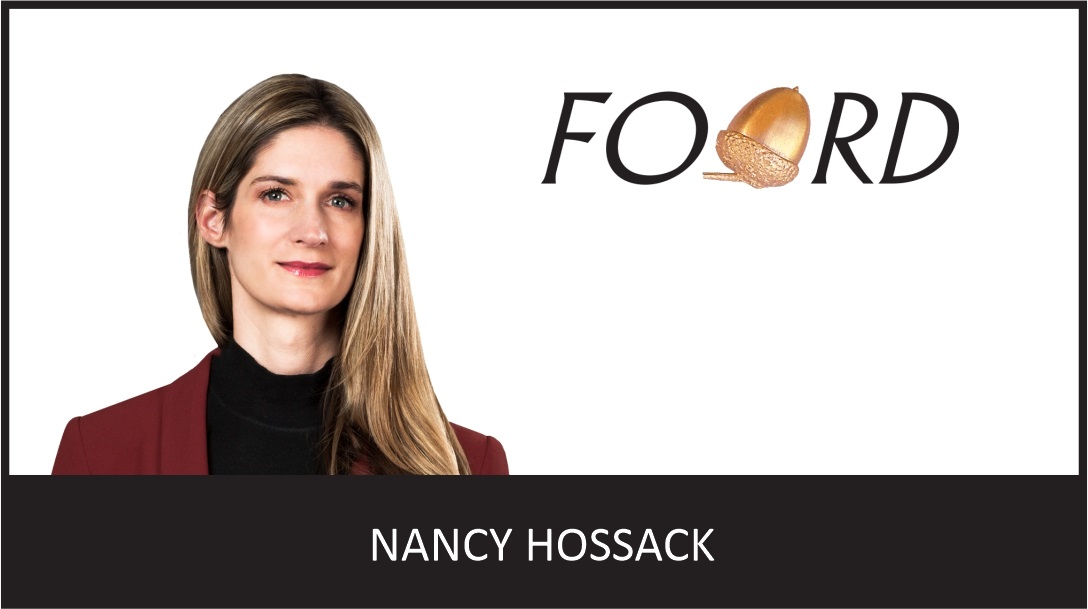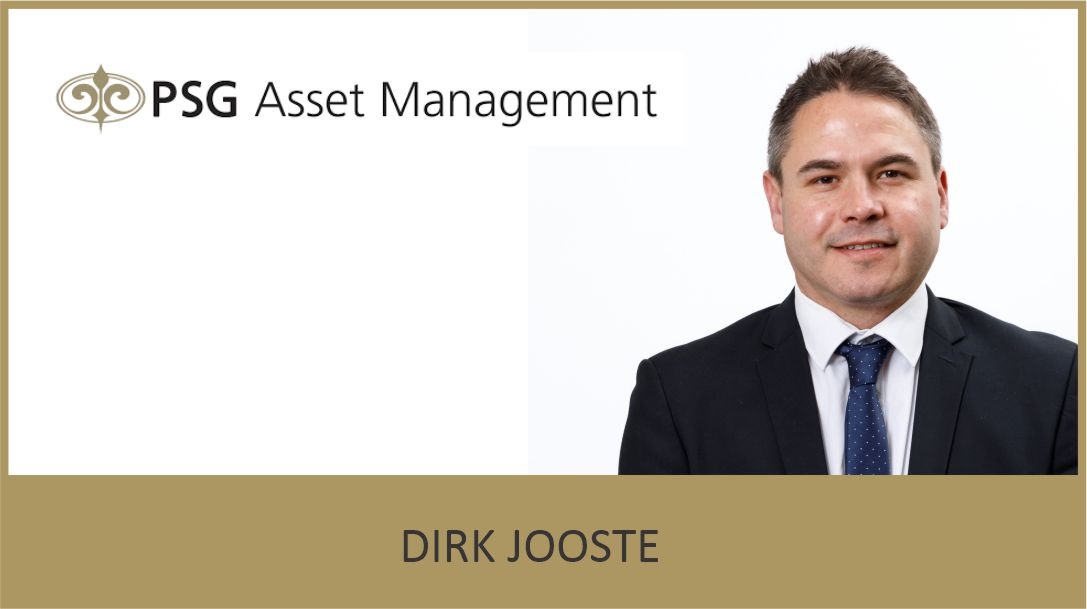Maarten Ackerman, Chief Economist at Citadel
As South Africans await the South African Reserve Bank’s (SARB) upcoming interest rate decision, Citadel Chief Economist Maarten Ackerman expects the Monetary Policy Committee (MPC) to hold rates steady. He believes the SARB will maintain a cautious, wait-and-see approach amid ongoing global and domestic uncertainty, including risks stemming from United States (US) trade policy and the broader impact of tariffs.
“Although inflation is well behaved and below the mid-point of the target range, the Reserve Bank has consistently taken a cautious stance,” says Ackerman. “They are monitoring the global landscape, especially risks tied to US inflation, interest rate differentials, and rand volatility, before making any moves.”
Ackerman notes that while other central banks such as the European Central Bank (ECB) and Bank of England (BoE) have shown signs of easing, the SARB is more focused on maintaining stability relative to the US dollar, to preserve the attractiveness of local assets and prevent further rand weakness. A surprise rate cut, he says, could lift consumer sentiment, but is unlikely given the Reserve Bank’s transparent communication and conservative track record.
“If they haven’t acted in previous windows of opportunity when inflation was low, it’s unlikely that they’ll surprise now,” he adds.
For investors, Ackerman advises that South African cash and bonds still offer attractive real yields, even if a rate cut were to materialise later in the year. However, he cautions that bond yields may rise if government borrowing escalates due to fiscal strain.
On the budget: Brace for a tough balancing act
Looking ahead to the upcoming budget, Ackerman says the fiscal outlook has deteriorated significantly since February.
“Growth expectations have fallen well below the 1.7% forecasted earlier this year, which means lower tax revenues, wider deficits, and growing debt to Gross Domestic Product (GDP) concerns,” he warns.
He highlights the need for either bold pro-growth reforms or meaningful cost-cutting, especially around the public wage bill. “We need to see a budget that supports growth while containing borrowing. If not, long-term yields could climb higher and investor confidence may falter.”
“A pro-growth, pro-investment budget could ease pressure over the medium term, but in the short term, everyone will be watching where National Treasury decides to tighten spending.”
Conclusion
While the SARB is expected to hold steady on rates, and National Treasury faces mounting pressure ahead of the budget, Ackerman emphasises the importance of policy certainty and structural reform to restore confidence, attract investment, and support sustainable economic growth.
“In the face of market volatility, a clear and credible fiscal roadmap alongside monetary stability, will be key to positioning SA for recovery and resilience in the months ahead,” he concludes.
ENDS



























